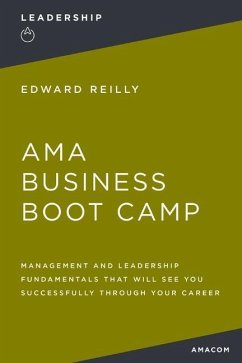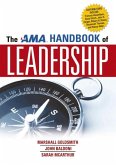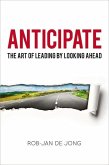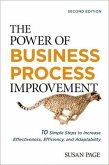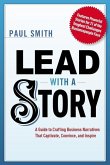The competitive field of business is ever expanding and evolving. Stay ahead of the curve by taking a crash-course in the latest critical skills required for managers and leaders to achieve lasting business success.
Hinweis: Dieser Artikel kann nur an eine deutsche Lieferadresse ausgeliefert werden.
Hinweis: Dieser Artikel kann nur an eine deutsche Lieferadresse ausgeliefert werden.

